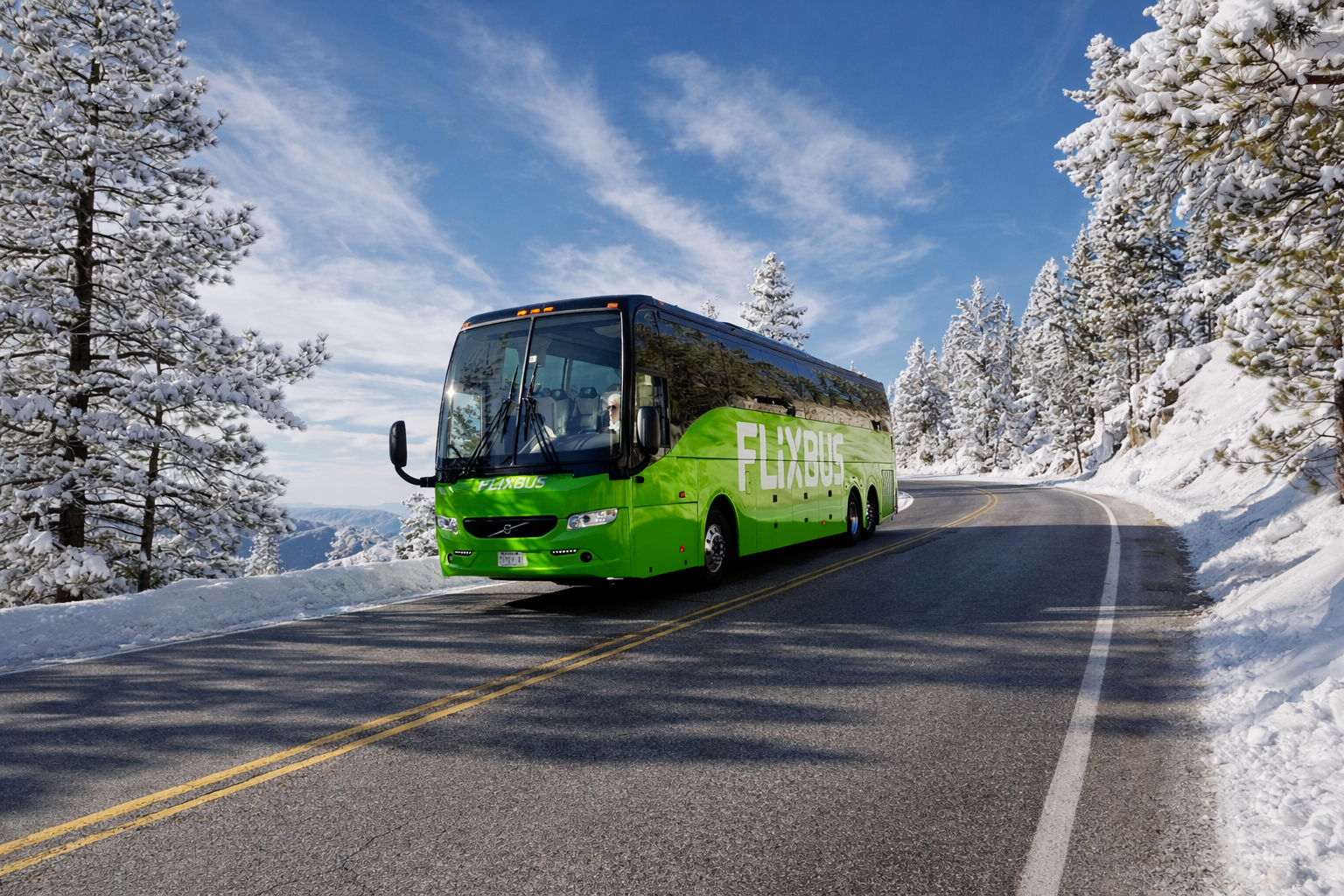When it comes to forward-looking transportation and planning policy, California is out in front of other states, with legislation that requires regional agencies to incorporate carbon reduction goals into their transportation plans. But not all regions are up to the challenge.

San Diego seems to be having a hard time mustering the political will to adapt, as evidenced in this 2014 quote from Gary Gallegos, head of regional planning organization SANDAG.
We are not going to put everybody on a bike, we are not going to take everybody out of their car, transit is not going to work for every person in the region.
In a recent post, Sam Ollinger at Bike SD says SANDAG's long term plans, which are up for a vote next week, set the stage for a future with more driving:
SANDAG’s own analysis shows an increase in vehicle miles traveled between now and 2050, which will increase greenhouse gas emissions. The analysis goes on to state that in order to meet the state goals of reducing the region’s greenhouse gas emissions, SANDAG needs to encourage “more compact development than a multiple dense cores scenario, further substantial increases in the cost of driving, and further substantial transit service improvements."
This same document by SANDAG staff discusses induced demand, in that increasing roadway capacity induces driving (and thus more greenhouse gas emissions). The document also points out that congestion is good because it “may then lead to longer trips and a change in mode.” Between 2012 and 2050, SANDAG’s own analysis shows that they are planning to increase freeway capacity by an additional 1,757 miles of freeways...
To summarize, SANDAG’s own plan won’t meet the governor’s order to reduce greenhouse gas emissions. SANDAG continues to build freeways and increase road capacity for drivers while failing to push for either a means to pay for driving use or provide an alternative that would induce San Diegans to shift travel modes.
Elsewhere on the Network today: All Aboard Ohio reports that if Cleveland doesn't get an influx of cash, all or part of its rail system, which carries 40,000 daily riders, may have to be shut down. Cyclelicious reports that a Sacramento television station seems to be blaming the death of a cyclist on the state's 3-foot passing law. And the Tri-State Transportation Campaign laments that highway projects aren't subject to the same level of scrutiny as transit projects.





